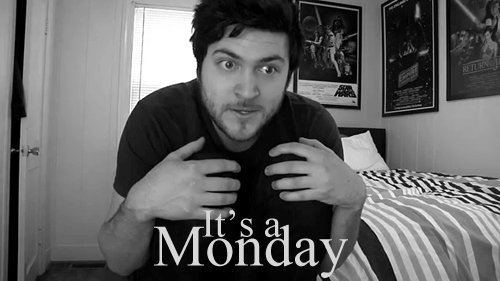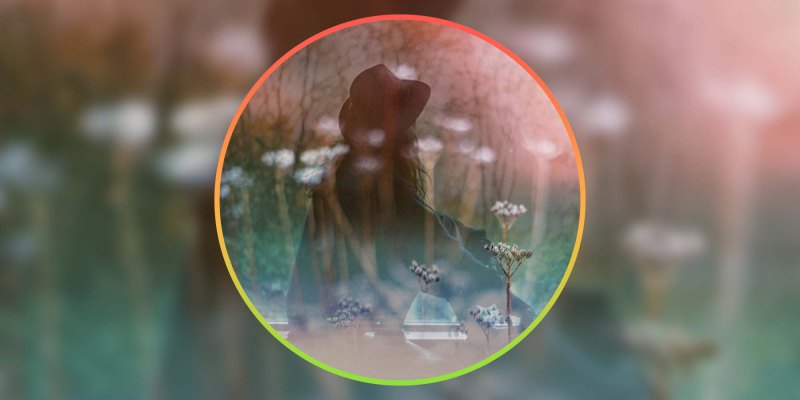Download links for: Bela


Reviews (see all)
Write review
This book got off to a strange start - being written in second person - which took a bit of getting used to. Thankfully, much of the narrative was first person, but it is an interesting literary convention.Aside from that, it was an okay read, I liked it well enough, but definitely didn't love it. The world building seemed pretty minimalistic. For the most part, I found it to be darkly disturbing. The "White Witches" were supposed to be the good guy, but because Nathan has been designated as "half bad" they could basically do whatever the heck they wanted to him which included torture, bullying and basically forcing him towards the dark side. The only "white" ones that showed him much compassion were his brother, grandmother and one of his sisters, and Annaliese, the daughter of one of the most fanatical black-haters there is. I could not help but feel that one way to turn someone bad is to basically punish them until they snap. Of course, without that there wouldn't have been much of a story.My favourite character was probably Gabriel, and I loved the friendship between he and Nathan. I, like many other readers, am hoping that friendship is developed further because, quite frankly, Annaliese feels pretty weak as a character and I cannot help but feel that she is a Judas goat (probably unwillingly). I guess I shall have to track down #2 now. I would also like to see the magic and the premise developed further - are the fain widely aware of the existence of witches? (Fain is so much prettier a word than muggles or mundanes). Is it modern day? At first I wondered - it had a mediaeval feel - but then tellies were mentioned. What will Nathan's talent be? And at which point did he actually consume the blood? I don't remember that coming with the 3 gifts, but I may have missed it - I was pretty tired at that point.There were definite shades of Harry Potter and Mortal Instruments in this book, with the whole Slytherin/Half-blood/muggles(fain) references and the dad-being-the-evil-bad-guy, best friend being not-so secretly in love with him etc, but it was a good story on its own, if rather too violent and emotionally dark for the more sensitive reader.
3.5 estrellas de 5Me hubiese gustado ponerle las 4 estrellas que estaba pensando darle, pero ese final que de "cliff hanger" no tuvo nada... (fue más un final a lo "¡A mi libro le faltan páginas!") me cambió el panorama.Hay capítulos cortos que están bien llevados, pero ese capítulo final, si bien podrían haberlo obviado... al dejarlo parece que Sally Green ya quería terminar el libro y dijo "Lalalala... fin" xDSin embargo, el libro tuvo sus cosas buenas y bastantes; pero de ellas hablaré en su reseña ^^ Lo leí bastante rápido y realmente me interesa seguir con la historia ya que tuvo sus cosas originales y llamativas.
Насилието ми беше в повече.
bullshit... !
3,5
Other books by Paranormal Fantasy
Other books by The Half Bad Trilogy
Other books by Sally Green
Related articles












